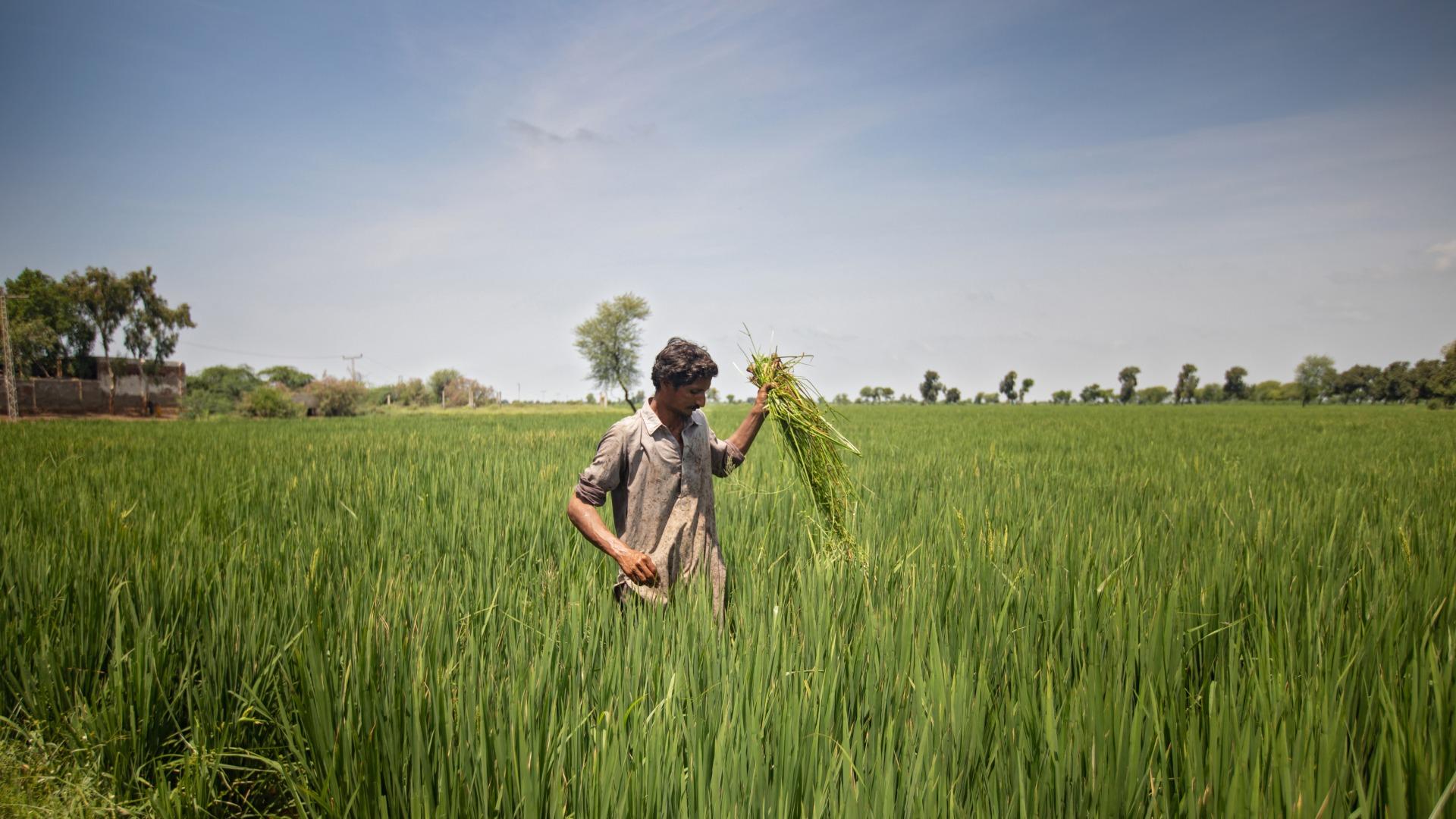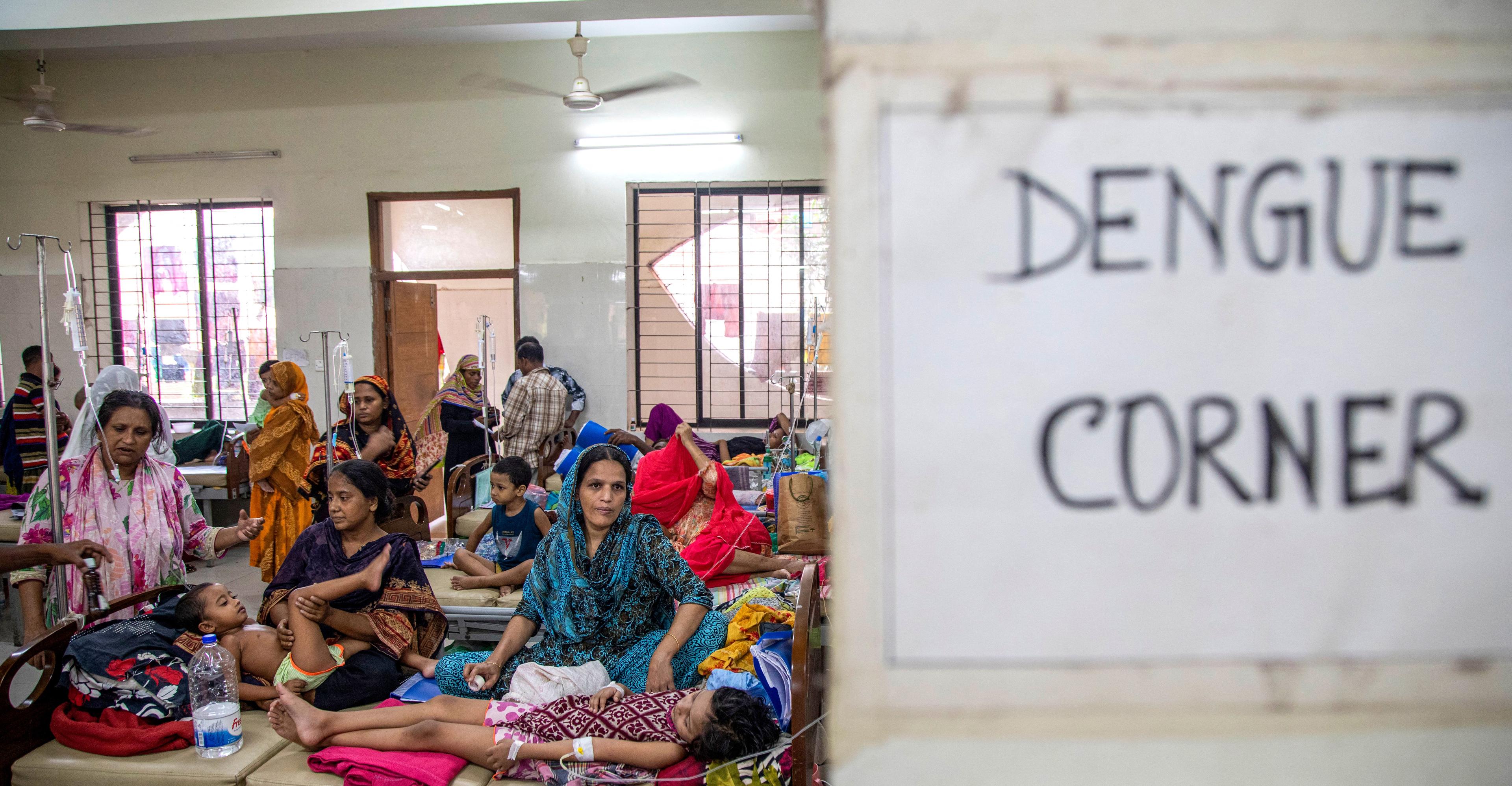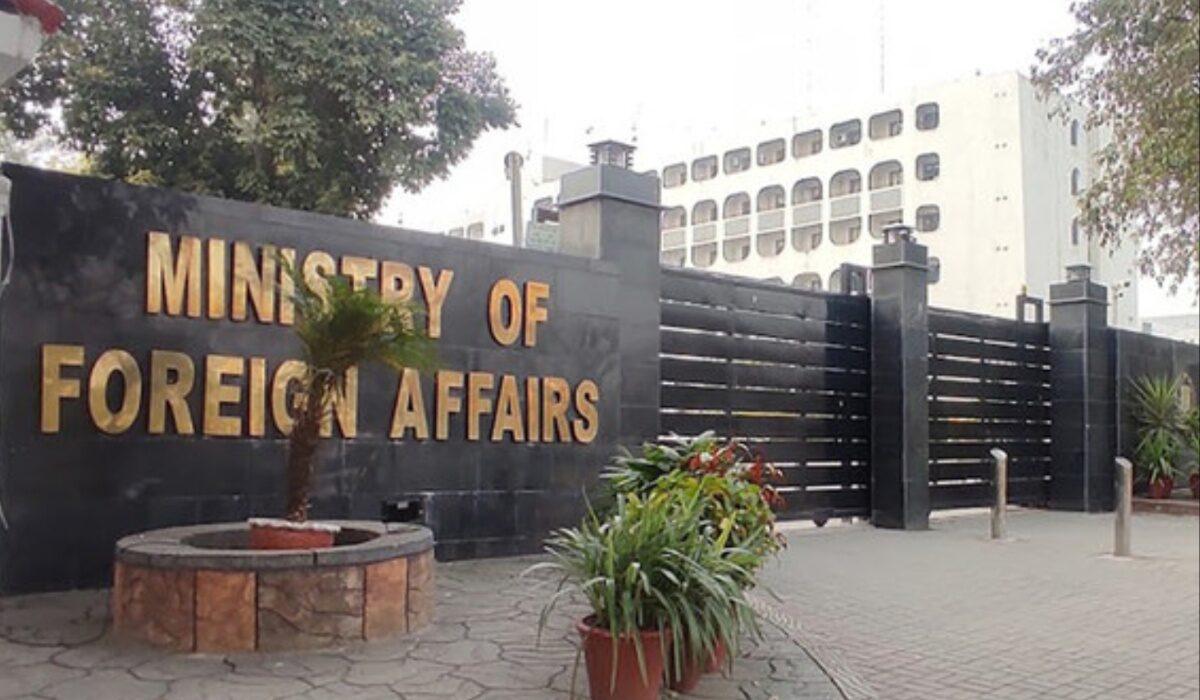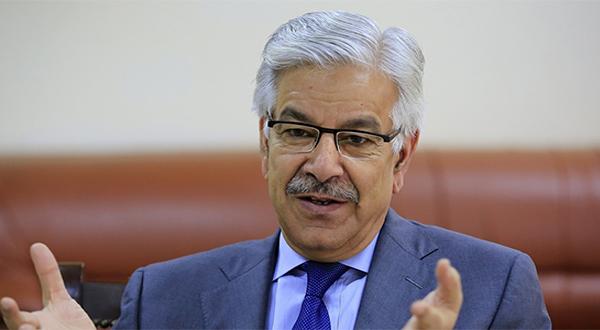Chief Minister Maryam Nawaz seems to be shaping a new narrative: a clean and green Punjab


Dr Lubna Zaheer
Once, “fog” was merely a matter of weather. But when it turned into smog, it began to blanket not only streets, alleys, and markets but also our lungs, directly affecting public health. Historically, governments have taken measures against smog, but these were often temporary or seasonal. As soon as the smog cleared, authorities’ attention would shift elsewhere.
This time, however, the scenario in Punjab is different. For several years, the people of Punjab have faced smog and air pollution during the winter months. Experts warn that persistent exposure to polluted air could reduce average life expectancy in Pakistan by up to four years. Recognising this threat, the Punjab government has launched a long-term campaign to control smog.
A few days ago, Senior Minister Maryam Aurangzeb convened a session with columnists and journalists to discuss the issue. She was accompanied by Information Minister Azma Bukhari, Transport Minister Bilal Akbar Khan, Agriculture and Livestock Minister Ashiq Kermani, and Minister for Industry, Commerce, and Investment Shafay Hussain, along with secretaries and officials from the relevant departments.
Maryam Aurangzeb provided a comprehensive briefing on the government’s strategy. She explained that Punjab has initiated scientifically grounded measures to combat smog and reduce environmental pollution. A holistic strategy has been devised, focusing on technology, practical implementation, interdepartmental collaboration, and public awareness. Across the province, the industrial, agricultural, and transport sectors are under strict monitoring. Efforts are underway to control smoke from vehicles and factories, dust from construction activities, stubble burning, and cross-border pollution.
For this purpose, a modern monitoring and enforcement system has been established within the Environment Department (EPA). Using 15 fog cannons, 12 thermal drones, and over 8,500 modern cameras, sources of pollution are identified and addressed. These are not mere words or paperwork—concrete, practical steps are being implemented. So far, 2,633 polluting factories have been sealed, 408 demolished, over 2,000 kilns shut down with 2,016 demolished, more than 1,800 construction-related notices issued, and 245 buildings sealed. During an anti-plastic campaign, 380 tons of plastic were confiscated. Over 2,800 cases of stubble burning were acted upon, more than 260,000 vehicle emission tests were conducted, and fuel quality inspections were carried out at petrol stations. Additionally, millions of rupees in fines have been imposed, hundreds of FIRs registered, and hundreds of affidavits obtained.
For public information, an Air Quality Index (AQI) predictive system and calendar have been introduced, allowing citizens and institutions to take preventive measures five to seven days in advance. An Environmental Force (EPF) comprising 250 trained personnel has been established. Forty-one modern air quality monitoring stations have been installed across 18 districts, and “Smog War Rooms” have been set up. To involve youth, a “Climate Leadership Internship” program for students has been launched. A Green Credit Program worth 1 billion rupees and a $50 million Endowment Fund have been established for eco-friendly projects. In 2024, 337,000 saplings were planted, and this year, over 500,000, to help absorb air pollution. Most commendably, the Punjab government is planning to integrate environmental awareness into the educational curriculum.
All these initiatives are impressive. It is heartening that a government has finally focused on environmental and climatic issues. The seriousness of Punjab’s administration is evident in the fact that Senior Minister Maryam Aurangzeb, the Chief Minister’s right hand, is personally overseeing the process as Environment Minister. Known for her consistency, it is hoped that her determination will not waver, and unlike in previous years, this smog plan will not remain confined to the winter season.
It is genuinely deeply concerning that in recent years, environmental pollution has increased in many cities, including Lahore. The city is among the most polluted in the world. Pollution not only affects public health but also has negative economic consequences.
However, Pakistan is not alone in this struggle. Countries worldwide have faced and continue to face similar challenges. For instance, in 1952, smog in London claimed 12,000 lives. By 2000, many Chinese cities were among the world’s most polluted. The United States established the Environmental Protection Agency in 1970 to monitor environmental standards. Neighbouring India, with New Delhi consistently among the world’s most polluted cities, has faced similar challenges. Various countries have successfully addressed pollution through scientific, legal, and administrative measures.
It is encouraging that Punjab is now demonstrating such seriousness. Measures to regulate vehicle and factory emissions, construction dust, stubble burning, cross-border pollution, and plastic usage are laudable. These initiatives are not just about environmental protection—they safeguard the health of current and future generations. May Allah grant that the government continues these efforts consistently, so smog clouds are removed from our cities.
Interestingly, the Pakistan Muslim League (N) is historically known for roads, highways, and mega-projects—its traditional political narrative. Now, alongside infrastructure development, Chief Minister Maryam Nawaz seems to be shaping a new narrative: a clean and green Punjab. Her speeches consistently highlight environmental sustainability, indicating that her government treats air pollution not merely as an environmental concern but as a governance challenge.
This approach could become the foundation of a new political and electoral narrative—Punjab, where the government is accountable for protecting citizens’ health and breath. It would be inspiring if a party renowned for mega development projects now also champions cleanliness and a healthy environment as a political slogan.

(The author is a Professor of Media and Communication Studies and a broadcast media expert. She currently serves as Chairperson of the Department of Film and Broadcasting at Punjab University)

Chatbots are struggling with suicide hotline numbers
- 14 hours ago
Govt slashes diesel price by Rs14 per litre
- 15 hours ago
Bollywood studio Bhansali Productions to sell future film music to Saregama India
- 2 minutes ago
Former Punjab CM Manzoor Wattoo passes away at 86
- 11 minutes ago

Control’s action-RPG sequel launches in 2026
- 14 hours ago
Bondi gunman’s Indian family had no knowledge of his radicalisation, Indian police say
- 6 minutes ago
FIFA hails 5M WC ticket requests amid backlash
- 13 hours ago

Why Republicans in Congress are turning against Trump
- 12 hours ago

Disney wants to drag you into the slop
- 14 hours ago

The biggest mosquito-borne disease in the world has a cure. There’s just one problem
- 12 hours ago

Remember Google Stadia? Steam finally made its gamepad worth rescuing
- 14 hours ago

Zillow’s short-sighted move to overlook climate risk
- 3 hours ago





